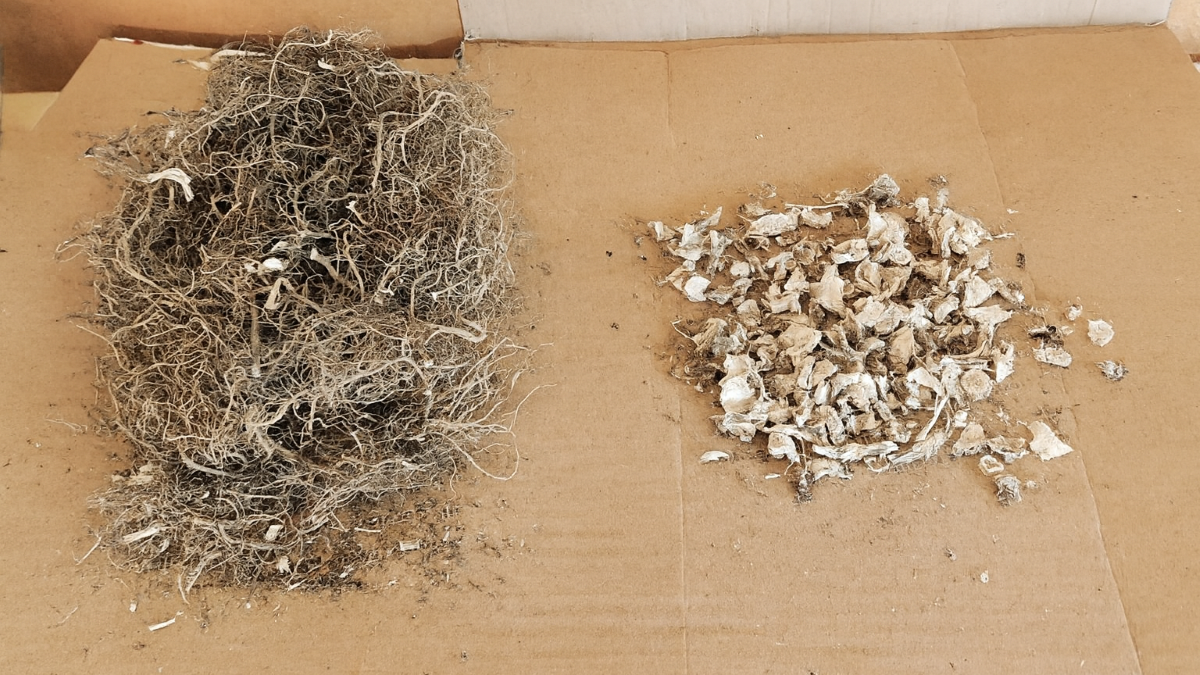A research-informed guide to harvesting Piper methysticum, focusing on plant maturity, kavalactone concentration, and preparation of waka and lewena roots. Harvesting kava (Piper methysticum) is both an art and a science. The timing of harvest, plant maturity, and careful post-harvest handling all influence root quality and total kavalactone content. Traditional Pacific cultivation methods are increasingly supported by research demonstrating how plant age and root type affect chemical composition and yield. Kava plants develop their characteristic chemistry gradually over time. Research by Siméoni & Lebot (2002) found that by around 24 months, kava roots typically reach a stage of chemical maturity, showing kavalactone concentrations that vary only about ±2% between subsequent samplings. This indicates that plants at roughly two years of age have accumulated substantial kavalactone levels and may be harvested when early yields are desired. Continued maturation between 3 and 7 years generally increases the overall kavalactone concentration. Studies report increases from roughly 7–8% total kavalactones at 2 years up to 10–12% at 5–7 years, depending on cultivar, soil fertility, and growing conditions. Longer growth periods also allow the development of thicker lateral roots and larger basal corms, improving overall yields. For small-scale or research growers, harvesting around the 2–3 year mark provides usable root material with good chemistry, while growers seeking premium-grade yields may wait until 4–7 years for peak production. Kava roots are traditionally divided into two categories: Chemical analyses show that waka generally contains 25–50% higher kavalactone content by dry weight compared to lewena. Waka roots often have higher proportions of kavain, dihydrokavain, and methysticin, whereas lewena contains greater relative levels of dihydromethysticin and yangonin. The ratio between these root types influences the plant’s overall chemical profile, which is why traditional Pacific cultivators often separate waka and lewena during preparation. Important: The aerial parts of kava (leaves and most of the stalk) contain harmful constituents, including pipermethystine and other undesirable alkaloids. These should never be harvested or included in traditional kava material. Following these steps preserves chemical integrity, maximizes yield, and ensures that only safe, high-quality root material is collected for research or study purposes.Kava Harvesting Practices (Piper methysticum)

Introduction
Ideal Age and Harvest Timing
Root Types: Waka vs. Lewena

Harvesting Technique: Step-by-Step Guide
References
